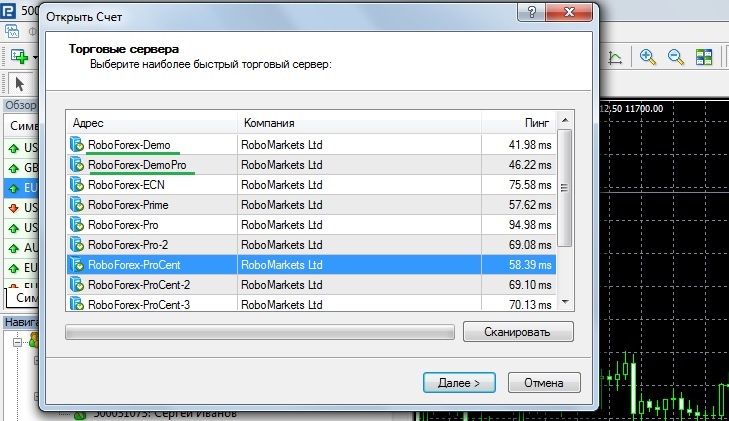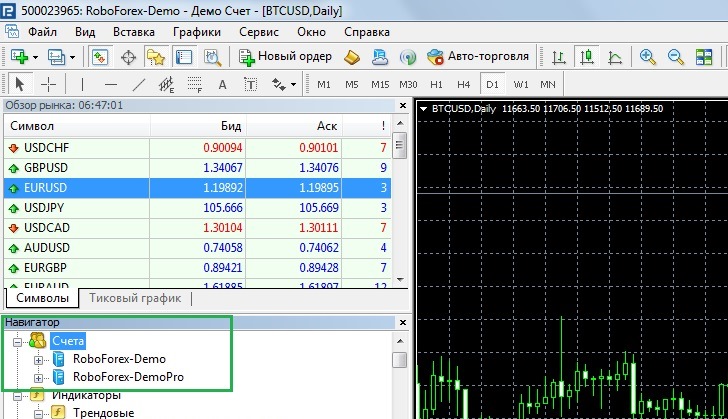Technical differences between a demo account and a real one
One of the significant inventions in stock trading is the demo account; without its existence it is quite difficult to imagine modern trading.
Thanks to this opportunity, it is quite possible to learn trading, study the trading platform, test strategies and trading robots without risking real money.
According to brokers, this type of account is absolutely no different from real ones, except that you are trading with virtual money.
But there is a category of traders who argue that trading on demo accounts is harmful, since there are many differences from working on a real account.
Is this really true? And is it worth using virtual accounts for training and testing strategies?
For example, you also get upset if your strategy or tactics did not live up to expectations, and the deal was closed at a loss.
Technical differences between a demo account and a real account
Firstly, it should be noted that most brokers now have the opportunity to open several options for virtual accounts:
 If we talk about the RoboForex , then you can choose two options: RoboForex-Demo and RoboForex-DemoPro and, not surprisingly, the spreads on RoboForex-DemoPro are wider than on RoboForex-Demo.
If we talk about the RoboForex , then you can choose two options: RoboForex-Demo and RoboForex-DemoPro and, not surprisingly, the spreads on RoboForex-DemoPro are wider than on RoboForex-Demo.
This choice allows for individual settings for each account, which is quite convenient in some cases. And done in the navigator:
 If we talk about the differences themselves, then:
If we talk about the differences themselves, then:
• The size of the spread is the same as on a similar type of account, and the spread does not always play a big role.
In addition, there is also a commission if your broker has one. • Swap size – equal to the swap on real broker accounts.
This allows you to see in practice the costs of long-term transactions. • The work of advisors - I didn’t notice much of a difference, except that sometimes some advisors simply refuse to run on demo accounts.
• Order execution speed – it seemed that it was faster in the demo, but perhaps this is just my personal perception.
Since the difference in ping is no more than 50 milliseconds, it is clear that it is not really noticeable. • The number of available assets – this is where disappointments sometimes occur, since there are much fewer assets available for trading on demo accounts than on real accounts.
Separately, I would like to say about the psychological component, I don’t know how, but I get very upset if the strategy that I’ve been thinking about for a week is not confirmed in practice.
And the degree of risk no longer depends on what account you trade on, but on what kind of character you have. Therefore, I am only in favor of using demo accounts in my work. For those who believe that real trading can only be learned by risking real money, cent accounts .
